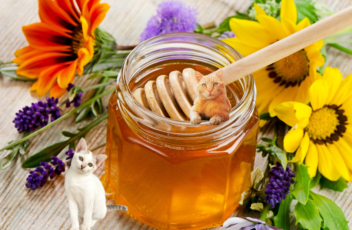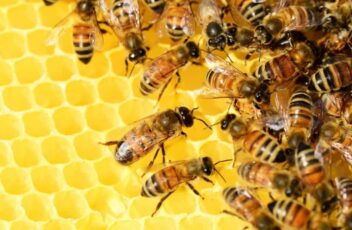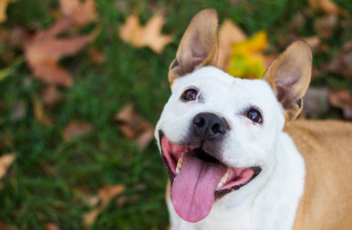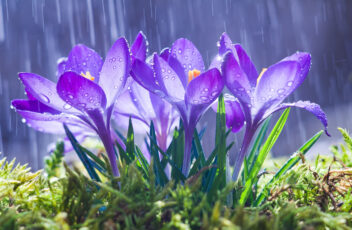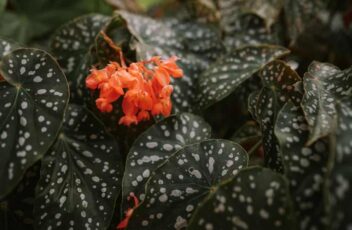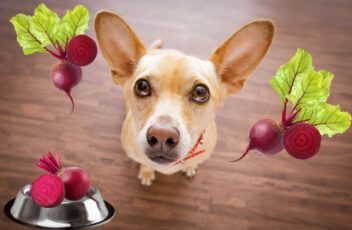There aren’t too many foods that you can either eat or wear, but honey is one of them. Not only is it nutritious, but it also has many medicinal effects whether eaten or applied to injured skin. That goes for humans as well as many animals. Can cats have honey? A cat is neither a Read More
